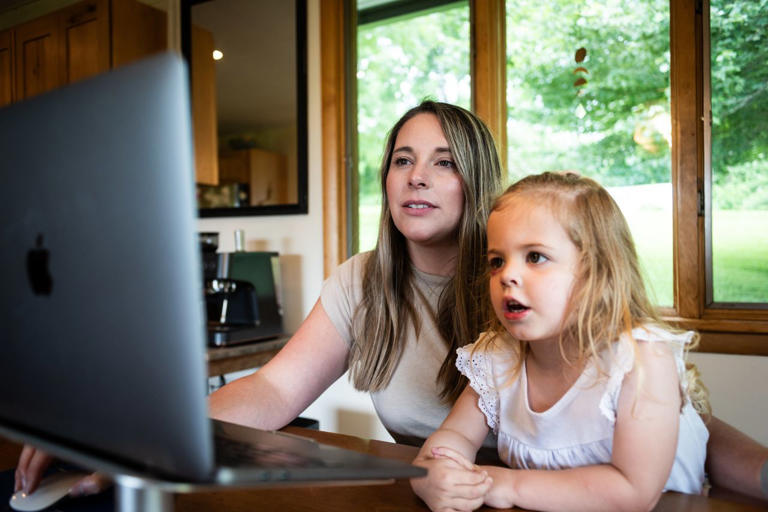Amidst a dynamic economic landscape characterized by heightened demand for employees and the proliferation of remote work opportunities, there has been a remarkable influx of women into the labor market. Currently, women hold a record-breaking 79 million jobs in the United States, reflecting a significant milestone in workforce participation. The share of women in their prime working years—typically defined as ages 25 to 54—who are actively employed or seeking work has surged to 77.9%, up from 75.8% five years ago. This uptick underscores a notable trend towards greater female representation in the workforce, driven by evolving societal norms, economic imperatives, and shifts in workplace dynamics.
However, this surge in female labor force participation is not without its complexities and challenges, particularly in the context of work-life balance. The advent of remote work, accelerated by the COVID-19 pandemic, has played a pivotal role in facilitating women’s entry or reentry into the workforce. For many mothers, in particular, remote work has offered a lifeline by enabling them to juggle professional careers with domestic responsibilities more flexibly. Sarika Paralkar’s experience exemplifies this trend—after a decade-long hiatus from her tech career to raise twin girls, she recently embarked on a full-time fellowship with Oakland’s city government, focusing on local climate initiatives. Despite the job requiring her physical presence in the office only sporadically, Sarika finds herself navigating the dual demands of professional commitments and the intricate logistics of managing her daughters’ daily schedules, from school runs to extracurricular activities.
The flexibility of remote work, while empowering, has also highlighted enduring gender disparities in caregiving responsibilities within heterosexual partnerships. Dartmouth College economics professor Claudia Olivetti observes that the ability to work from home can inadvertently perpetuate existing gender roles, with women often shouldering a disproportionate share of childcare duties due to the perceived flexibility of their employment arrangements. This phenomenon underscores broader societal challenges in achieving equitable distribution of domestic responsibilities between partners, despite advancements in workplace policies and attitudes towards gender equality.
Despite these challenges, the recent increase in labor force participation among prime-age women signals a resilient response to economic imperatives and shifting workplace norms. The labor force participation rate among women reached an all-time high of 78.1% in May, reflecting both the robust demand for talent across industries and the enduring impact of remote work policies implemented during the pandemic. Economists emphasize that employers’ recognition of the value mothers bring to the workforce has contributed significantly to these gains, fostering a more inclusive and accommodating environment for women returning to or entering the workforce amidst evolving economic realities.
However, disparities persist. Women in the U.S. labor market continue to earn approximately 17% less than their male counterparts in comparable roles, underscoring persistent gender pay gaps and inequities. Moreover, compared to other advanced economies such as Japan and Sweden, where comprehensive government policies support greater childcare provisions and facilitate higher female workforce participation rates, the United States lags in public spending to support families. This disparity highlights structural barriers that hinder women’s full economic participation and career advancement opportunities.
For many women, the ability to work remotely represents a transformative shift in their professional and personal lives, offering newfound opportunities alongside inherent challenges in managing multiple responsibilities. As more women navigate these complexities, the evolving landscape of remote work continues to shape their experiences and aspirations, emphasizing both progress and the imperative for sustained efforts to promote gender equality within the workforce.
The evolving dynamics of remote work underscore a critical juncture in the pursuit of gender parity and inclusive economic growth. As women increasingly leverage remote work opportunities to navigate the complexities of modern work-life dynamics, their experiences and contributions are poised to redefine the future of work, driving innovation and resilience in the global economy.
